Tips for prioritizing fields at harvest
Harvest is almost here. You’ve worked hard all season to maximize your yield. As we head into the final stretch, don’t let your efforts go to waste. Here are three tips to consider for a successful corn harvest.
1. Scout fields for stalk quality
The end of the growing season often presents ideal conditions for stalk quality issues to develop. Prioritize fields with high stalk lodging potential for better productivity and to avoid yield loss.
Stalk quality issues often arrive as the plant reaches maturity. Conditions like drought, depleted nitrogen levels and intense disease pressure are common stress factors that may lead to poor stalk health come harvest. Hybrid genetics will also play a major role. As the plant matures, nutrients from the stalk and lower leaves will remobilize to the developing kernels. As these resources are depleted from the lower stalk, it may become brittle and susceptible to various stalk rots. This can even occur in high-yielding situations, which have lots of kernels to supply nutrients for, so it’s important to check all fields.
A simple push test can help determine the risk for stalk lodging. A few weeks before your projected harvest, walk your fields and push select plants sideways, about 10 inches away from you at ear level. Stalks that crinkle near the base or don’t return to vertical are at higher risk of lodging. Testing about 20 stalks in a row should provide a good sample size. If 10-15% of the 20 stalks break, that section can be considered at high risk and should be prioritized. Conduct push tests in several locations throughout the field. Other ways can include pinching the internodes at the lower stalks to gauge the weakness. And if you’re really curious, split open the lower portion of the stalk with a knife and check for visible signs of rot.
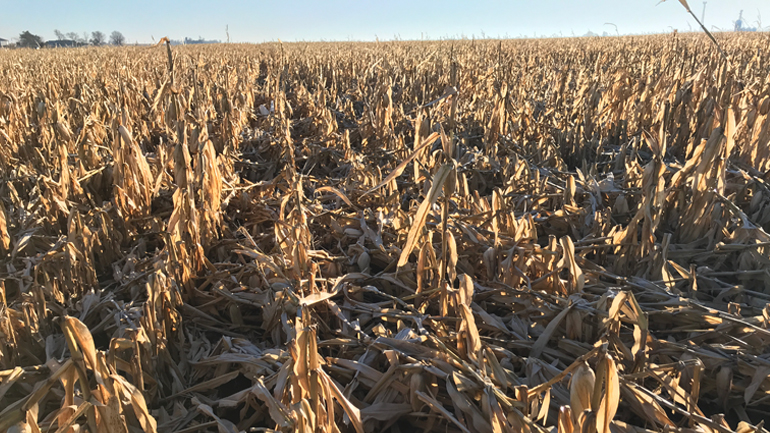 Fields with high stalk lodging potential should be prioritized during harvest
Fields with high stalk lodging potential should be prioritized during harvest
Prioritizing fields with poor stalk health is important to lessen the opportunity for severe lodging to occur following high winds. Lodged plants are difficult to harvest, resulting in more crop left in the field instead of the grain bin.
2. Check for ear rot development
While you are scouting fields for stalk quality, you should also be looking for signs of ear rot.
Ear rot is common after a wet growing season but can be a concern even in drier years. Once it is established in a field, it can spread quickly if conditions are favorable, so it’s important to prioritize these fields and get kernels drying quickly. Rapidly reducing moisture to 15-18% can help stop the progression of ear rot and minimize grain quality losses.
Pull back the husks on several ears within a small section to check for ear rot. Repeat this test throughout your field. If you’ve had wet weather with moderate to cooler temps after pollination and during harvest, check for signs of Diplodia (white-gray mold bottom of ear) and Gibberella (pinkish mold near the tip). If weather was warm and dry after silking, look for Fusarium (white, pink or salmon-colored mold on isolated kernels or in patches) and Aspergillus (green, olive-colored mold near the tip).
3. Look for ways to minimize compaction
Harvest equipment is heavy. Fully loaded grain carts and combines run the risk of creating long-lasting compaction. The good news, there are steps we can take to minimize. After all, we don’t want this year’s sins showing up next season. First, avoid field operations when soils are moist and unfit for wheel traffic. Second, follow existing paths to reduce the total amount of trafficked area. Third, use wide flotation tires at lower pressures or tracks. Fourth, consider ways to avoid traversing across the field while fully loaded or unload more often.
Maximize Your Yield by Prioritizing Your Fields
Field conditions can change quickly and you might have to change your priorities, but planning ahead can make this year’s harvest more efficient and set you up for better results next season.
In addition to prioritizing fields, making sure equipment is field ready can improve your productivity. Work with your local dealer to ensure all harvesting equipment is ready for the task ahead.
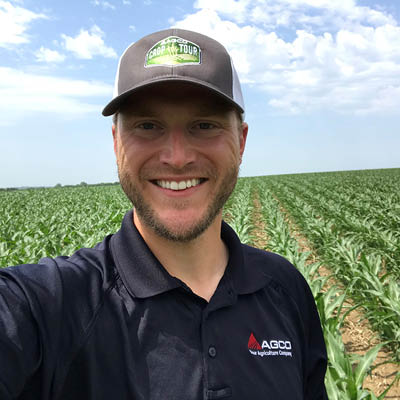
Agronomist Bio
Jason Lee is an agronomy and farm solutions manager for AGCO Corporation. He has an extensive background in corn and soybean production, soil fertility management, precision agriculture and crop pest protection. As an agronomist and researcher, Lee’s mission is to provide farmers with the technologies and information to make profitable and sustainable management decisions. Today, Lee’s research focuses on minimizing soil compaction, improving herbicide spray quality, establishing cover crops and evaluating row crop planter performance. He holds a PhD in agronomy from Purdue University, where he also participated in extension activities and on-farm research. Lee was raised in rural South Dakota where he was actively involved with the farming community through raising cattle and working in ag retail. He currently resides in Sioux Falls, South Dakota, and enjoys pheasant hunting, fishing and home remodeling projects in his spare time. Follow Jason on LinkedIn and Twitter.

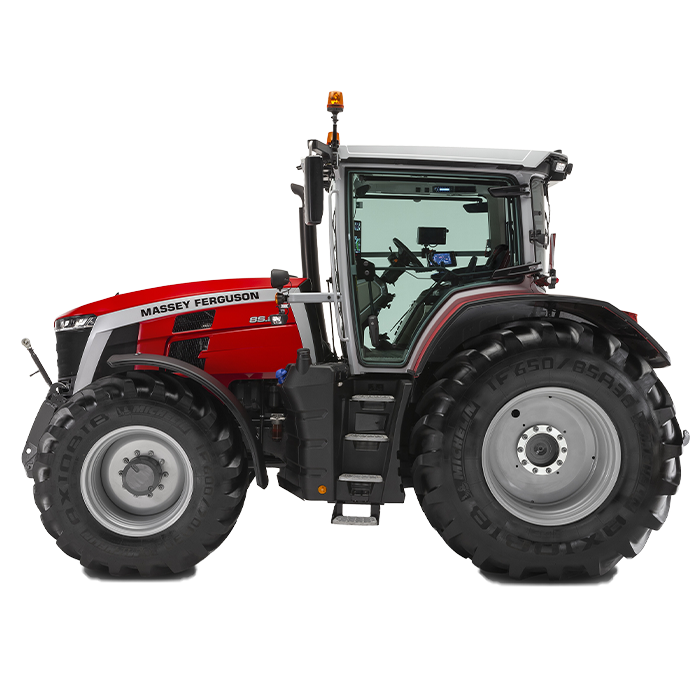
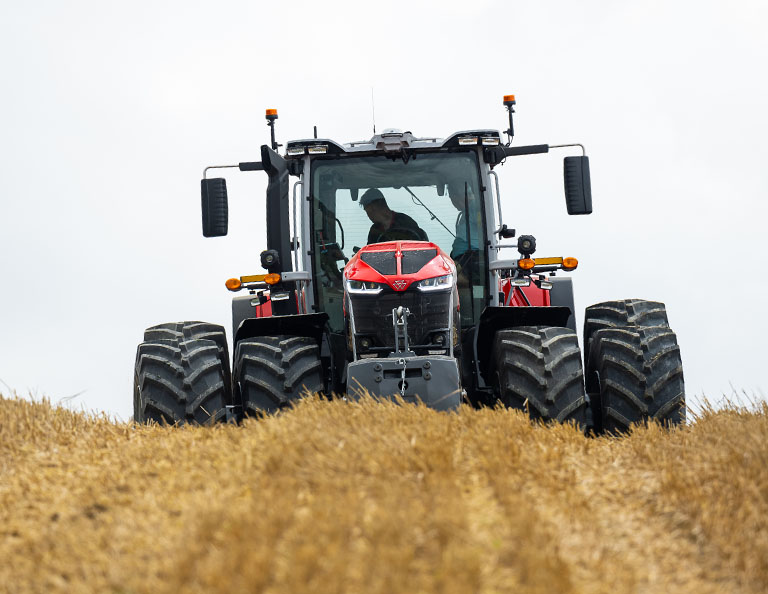

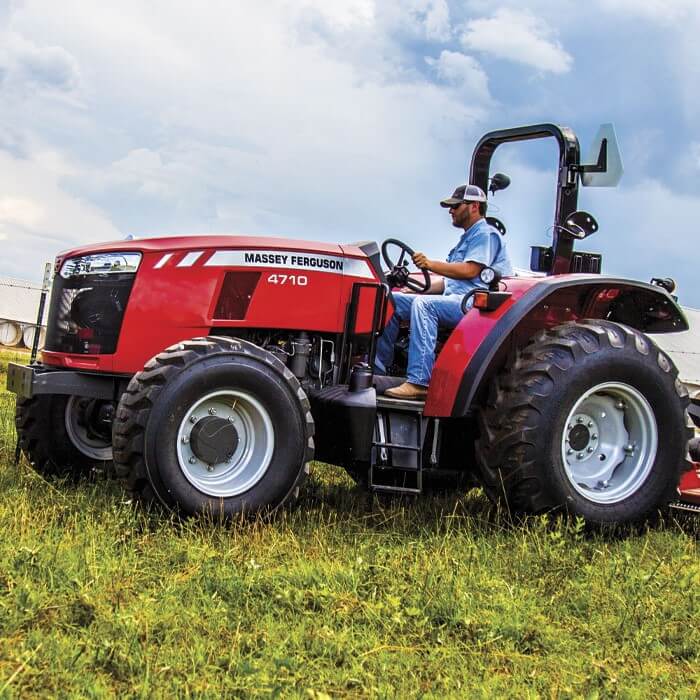


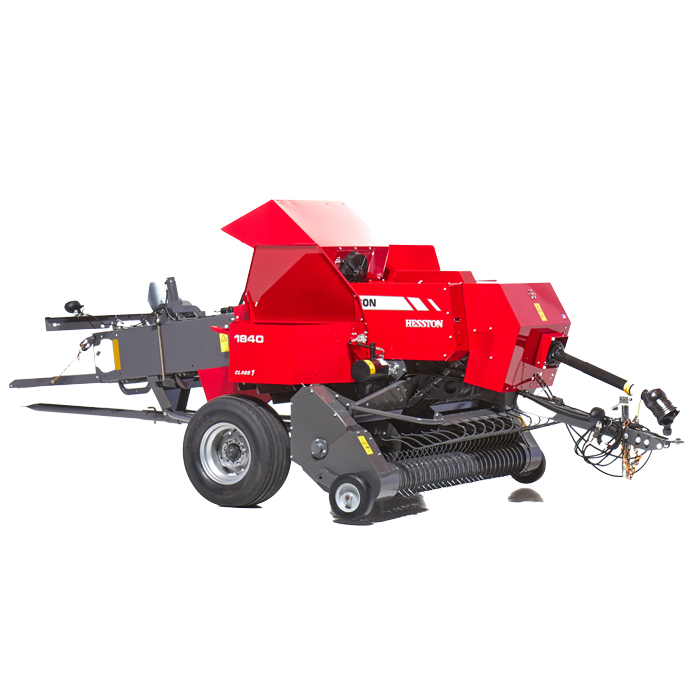
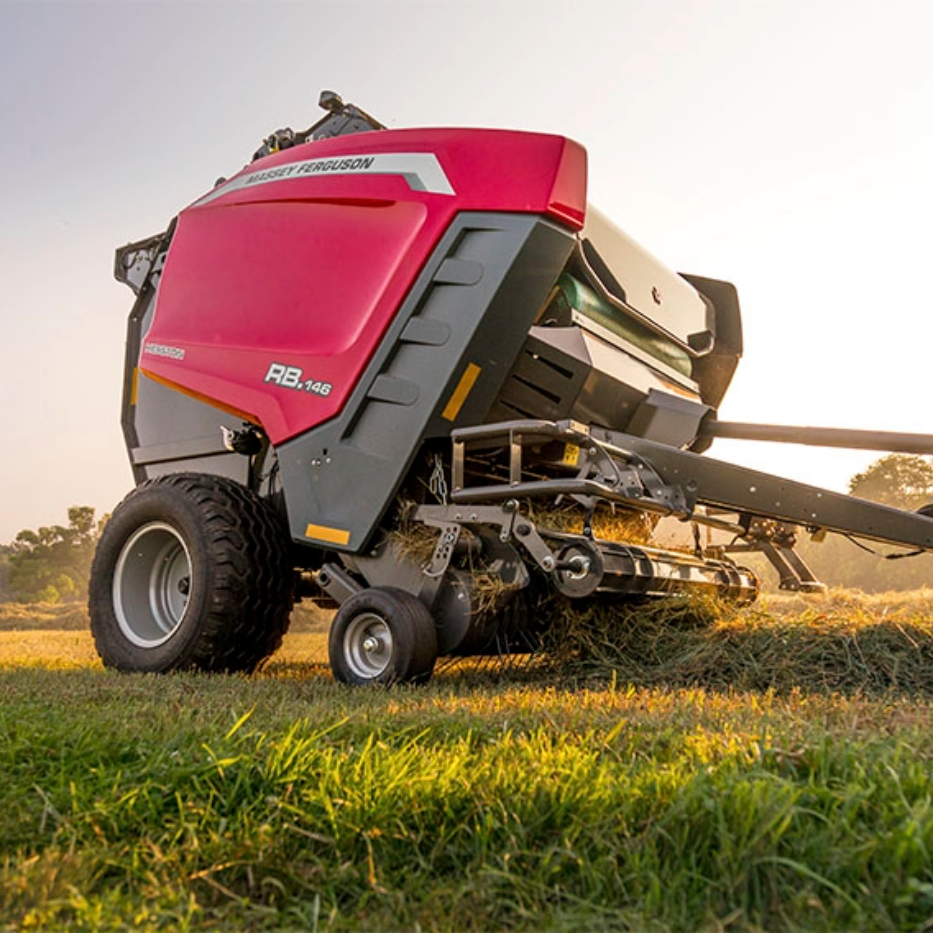
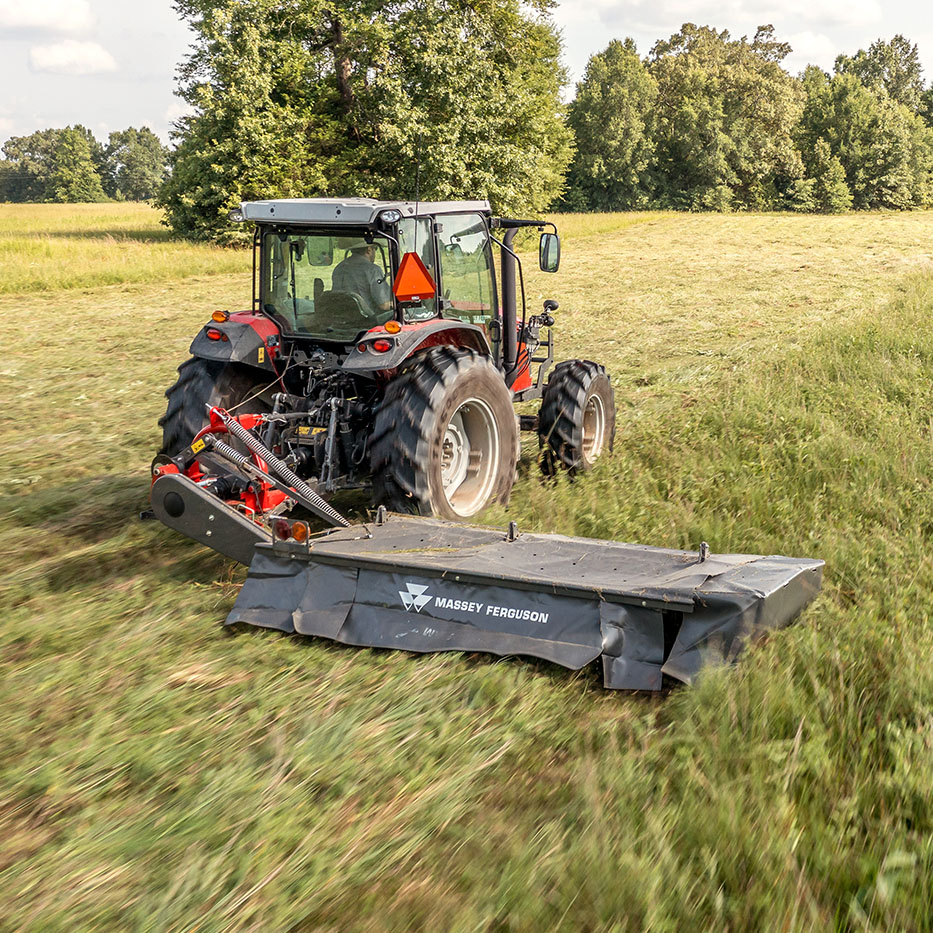
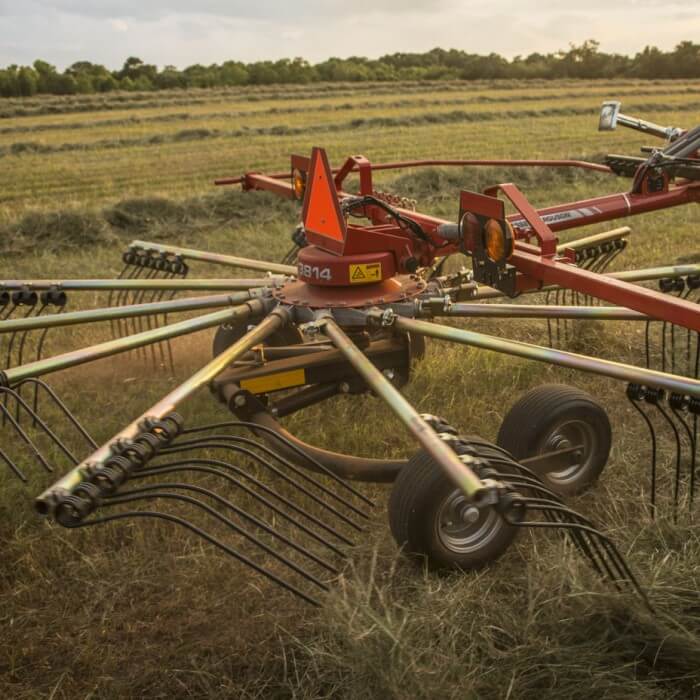
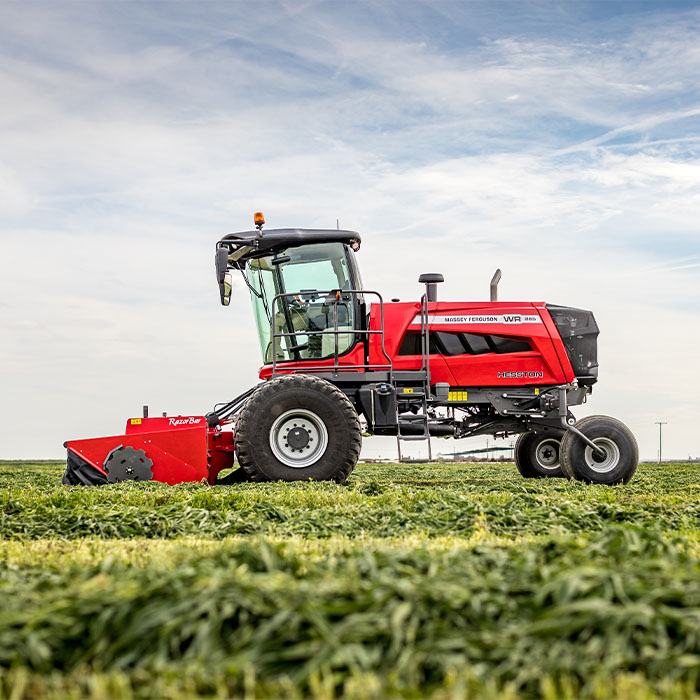
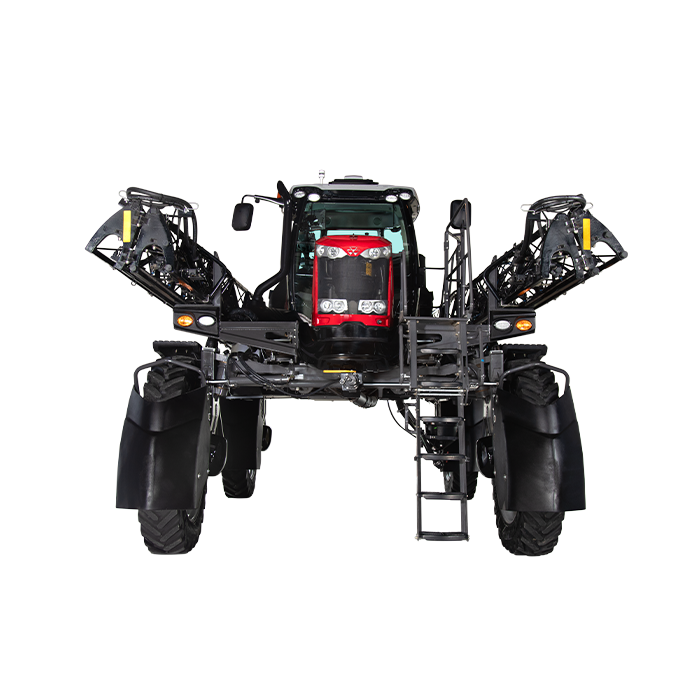

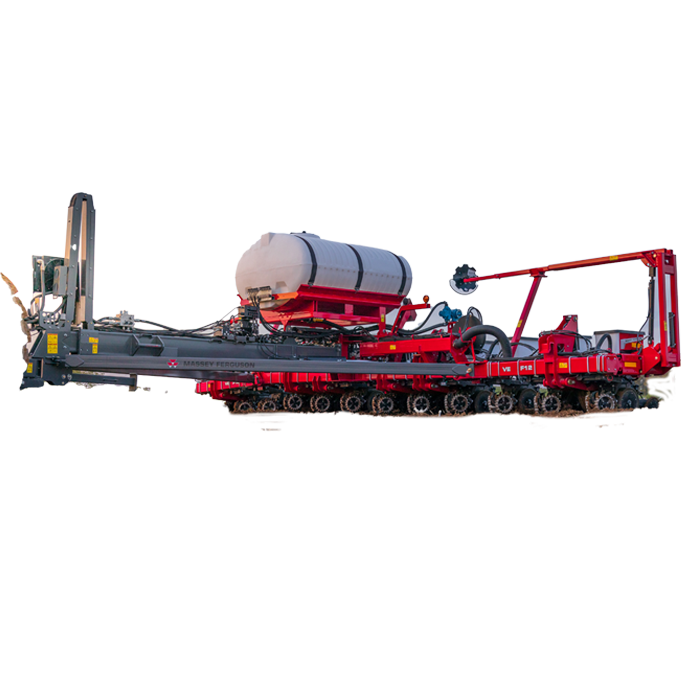
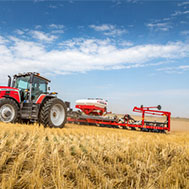
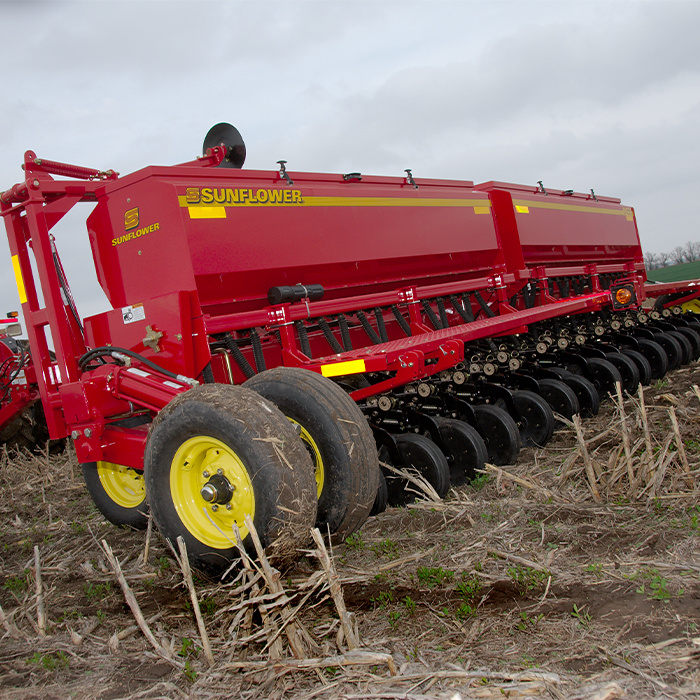
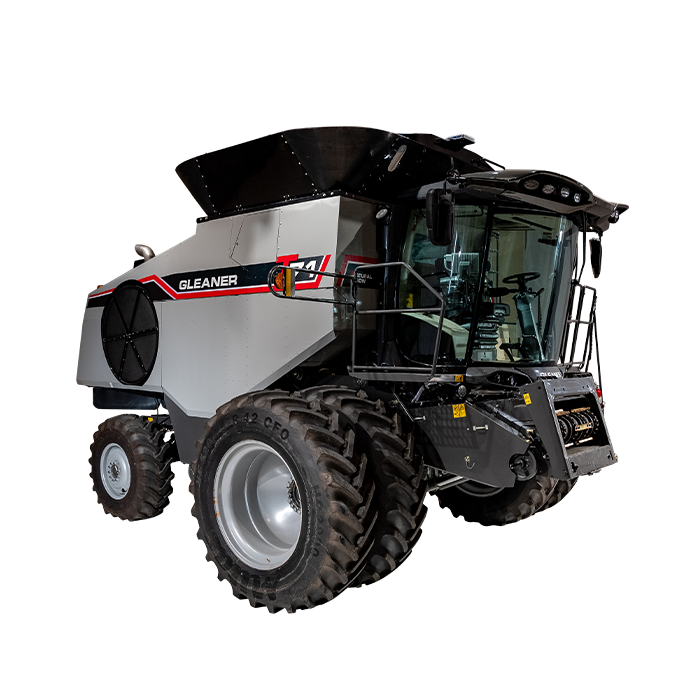

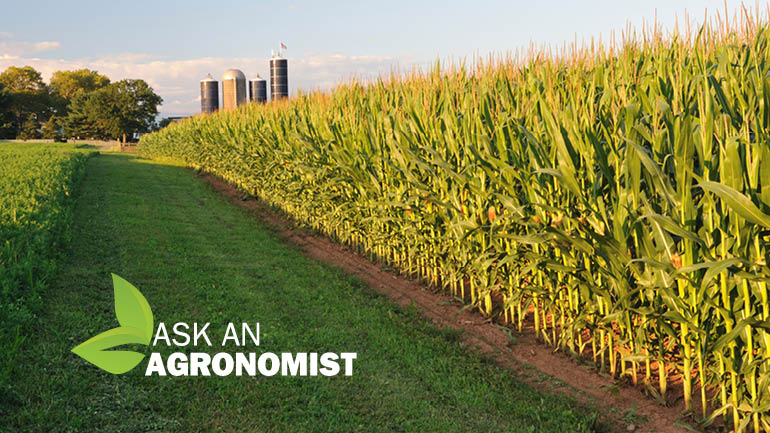
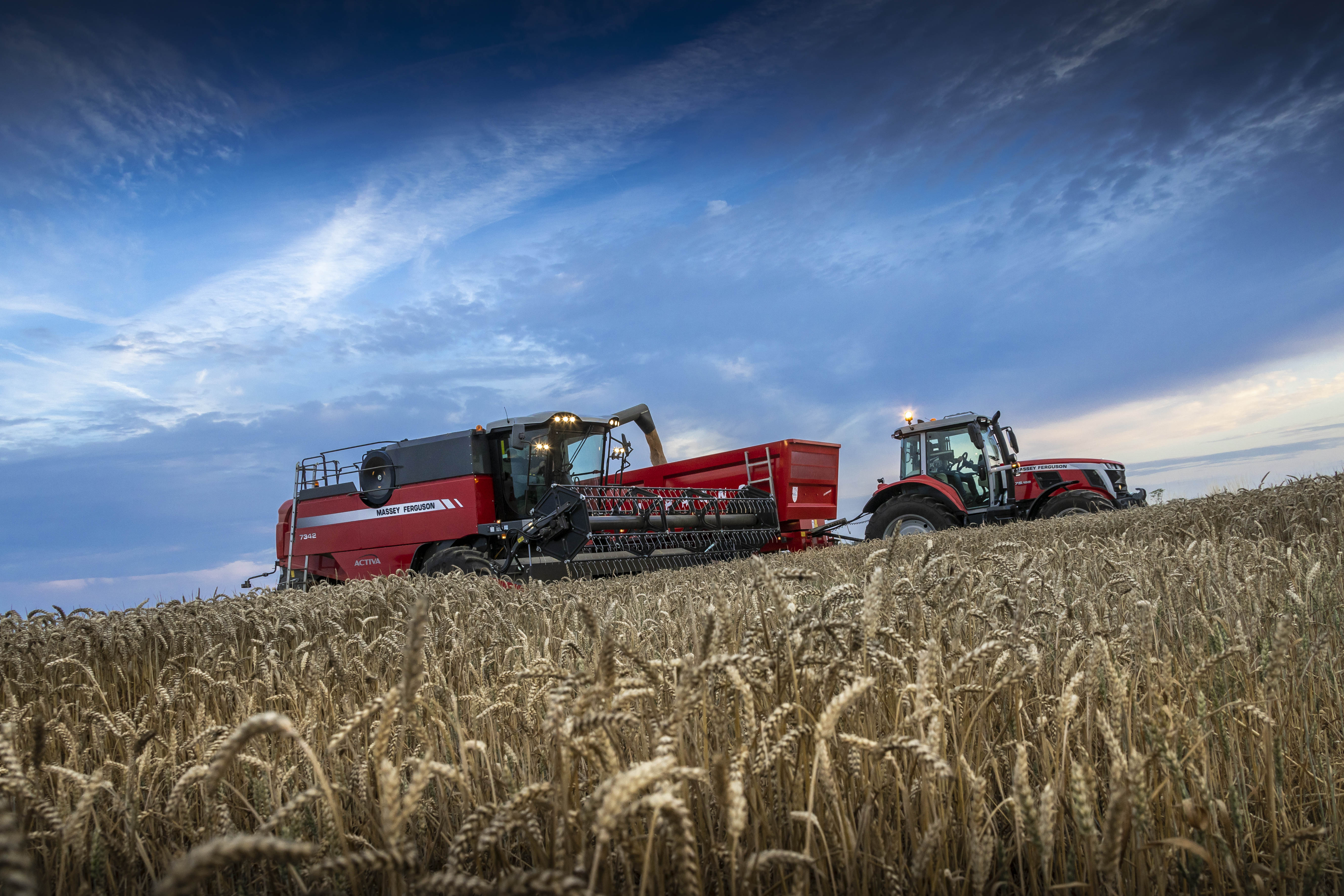
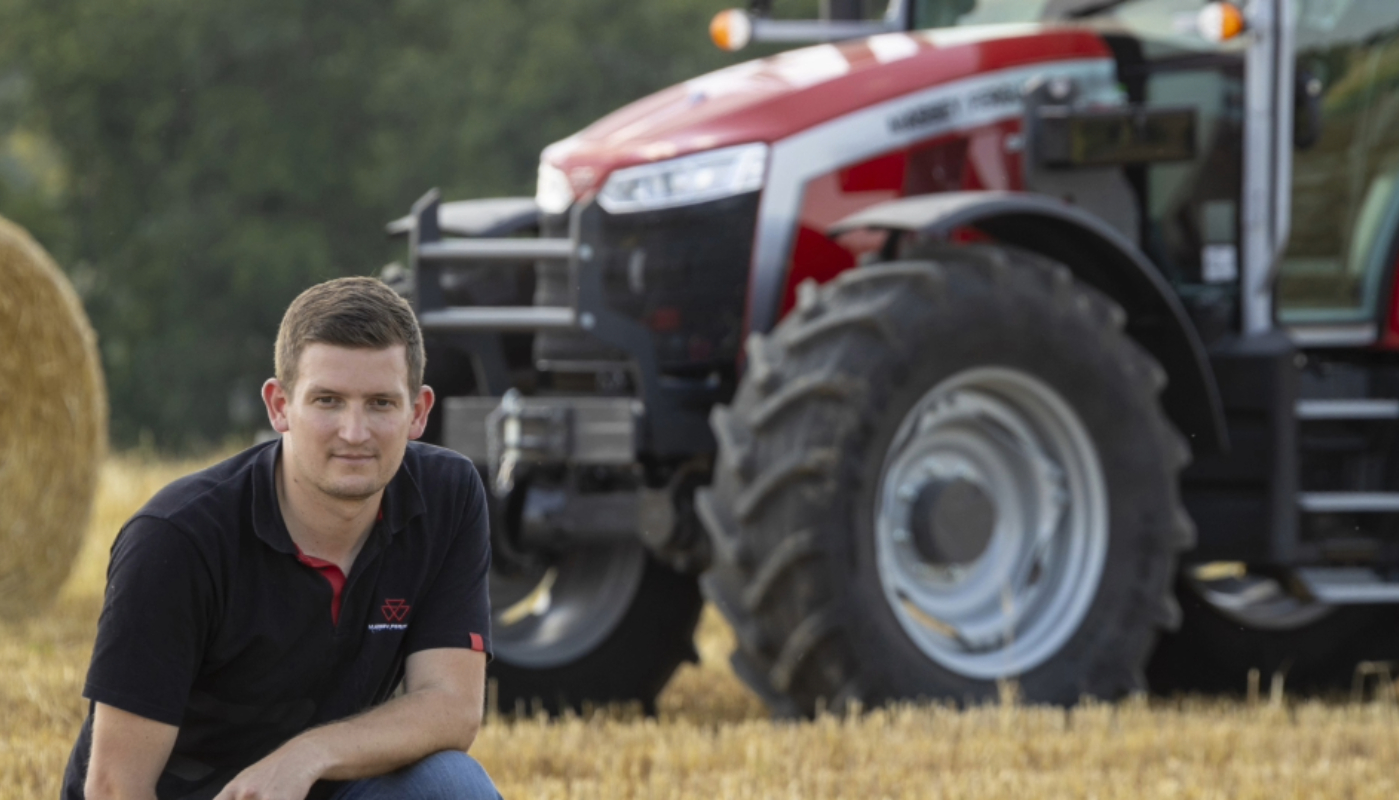
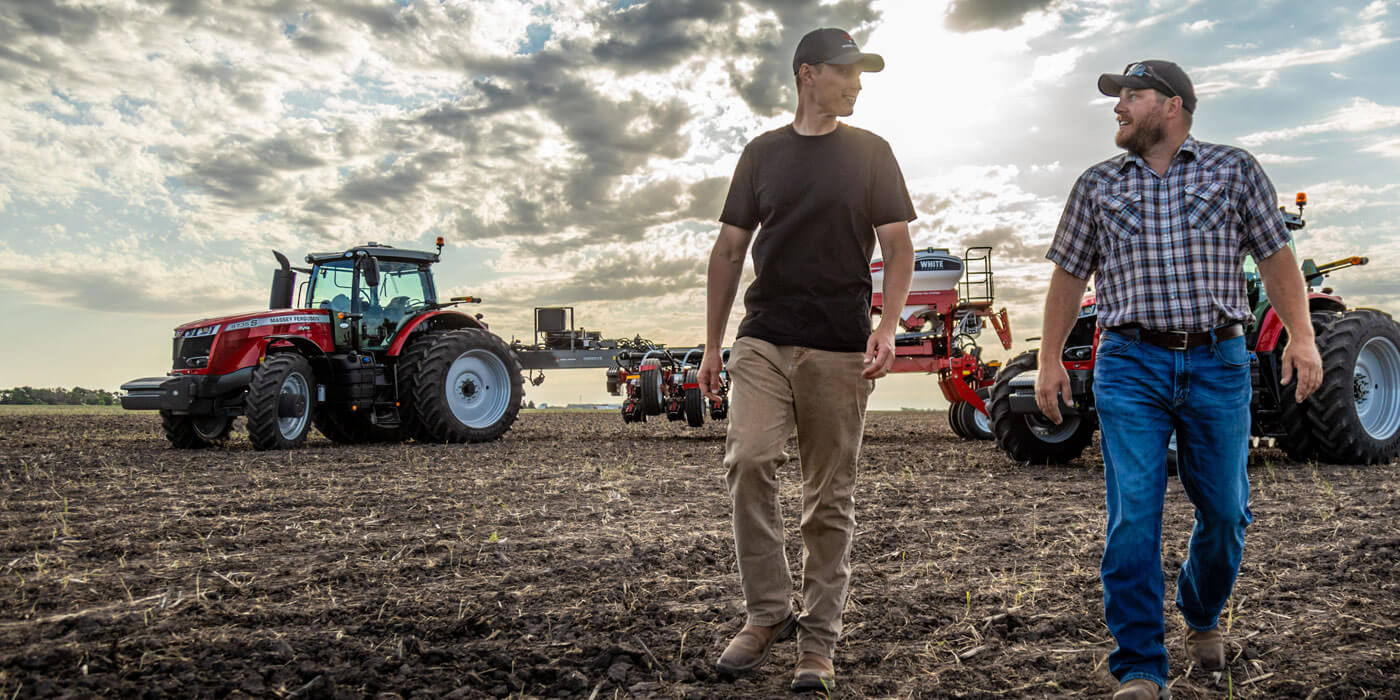
Share